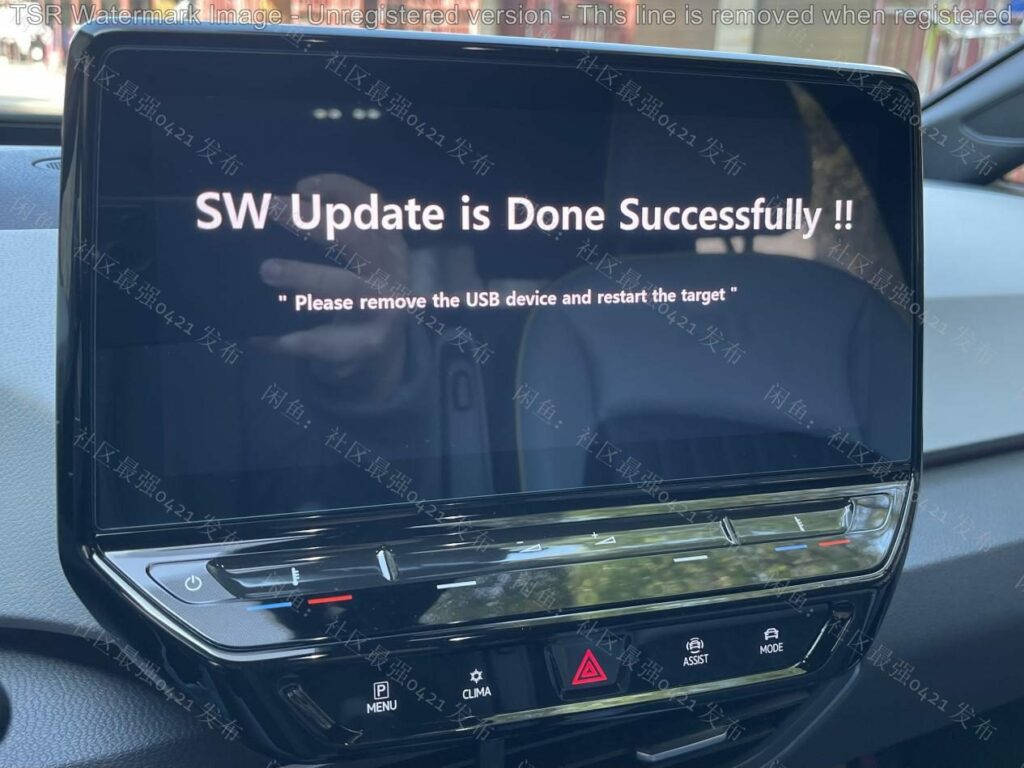Introduction:
In the automotive parts industry, many sellers rely on text descriptions rather than product photos. While this may seem counterintuitive, it reflects the unique dynamics of the industry. Below, we explore the underlying reasons and propose actionable solutions.
Part 1: Why Auto Parts Sellers Skip Product Photos?
- Overwhelming SKU Volume, High Photography Costs
Auto parts often involve thousands of SKUs (e.g., bolts, filters, bearings). Photographing each item in detail requires significant time, labor, and storage costs—a burden for small to medium-sized businesses. - Near-Identical Appearance, Limited Visual Value
Many parts look almost identical. Photos alone cannot convey critical details like vehicle compatibility, specifications, or OEM numbers, potentially misleading buyers. - Professional Buyers Prioritize Technical Data
Target customers (mechanics, wholesalers) prioritize OE numbers, material certifications, and fitment charts over visuals. For them, accurate technical data trumps images. - Rapid Inventory Turnover
Stock updates frequently render product photos obsolete, risking discrepancies between listings and actual inventory. - Intellectual Property Concerns
Branded or patented parts may require avoiding detailed photos to prevent counterfeiting or IP disputes.
Part 2: Solutions for Sellers – Bridging the “No-Photo Gap”
- Strategic Photography for Key Products
- Focus on high-value, visually distinct items (e.g., alloy wheels, performance parts).
- Use manufacturer-provided diagrams or technical drawings for generic components.
- Data-Driven Descriptions Over Aesthetics
- Highlight OE numbers, vehicle compatibility, certifications (ISO/DOT), and dimensions.
- Integrate interactive fitment tools (e.g., VIN lookup) to simplify buyer decisions.
- Leverage 3D Models and Demos
- For complex parts (e.g., turbochargers, transmission kits), use 3D interactive models or exploded-view animations to showcase structure and installation.
- Build Trust Without Photos
- Display certifications (e.g., “Authorized Dealer”, “Warranty Included”).
- Offer guarantees like “Wrong Part? Free Return” or 24/7 technical support.
Part 3: Tips for Buyers – Smart Shopping Without Photos
- Verify Critical Details: Match your vehicle’s year, engine code, and VIN to listings.
- Consult Experts: Share your VIN with sellers for precise part matching.
- Choose Reputable Sellers: Check ratings, return policies, and technical support availability.
Conclusion:
The “no-photo” approach in auto parts trade balances cost efficiency with professional needs. As technology evolves, AI-driven fitment systems and AR installation guides may bridge the gap between data and visuals. Until then, sellers can optimize transparency, while buyers focus on technical accuracy—ensuring smoother transactions for all.
Need Help? Contact our experts for guaranteed compatibility!
Contact: [+86 155 80156122 ]
Commitments: Authentic Parts | 72-Hour Returns | Expert Support

